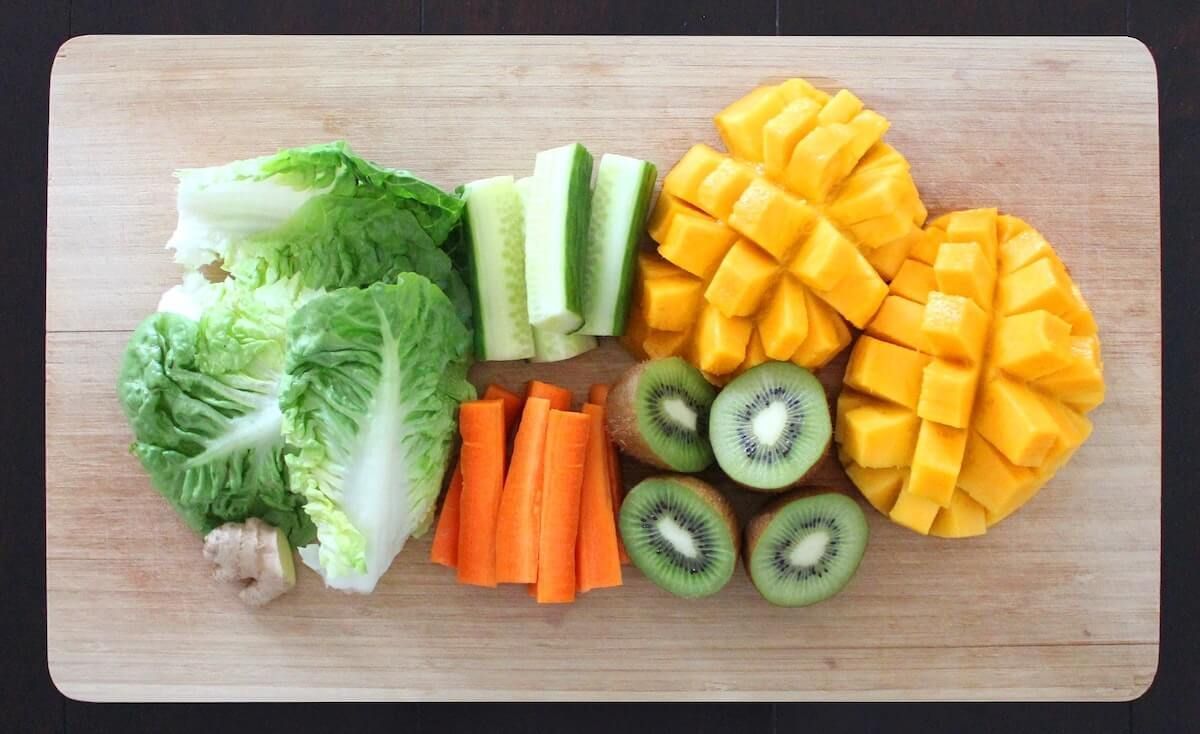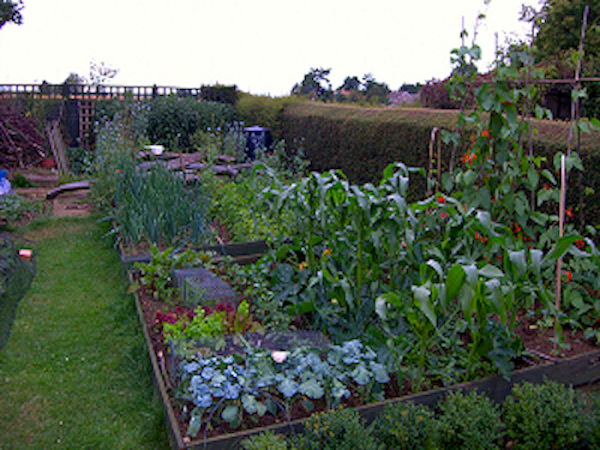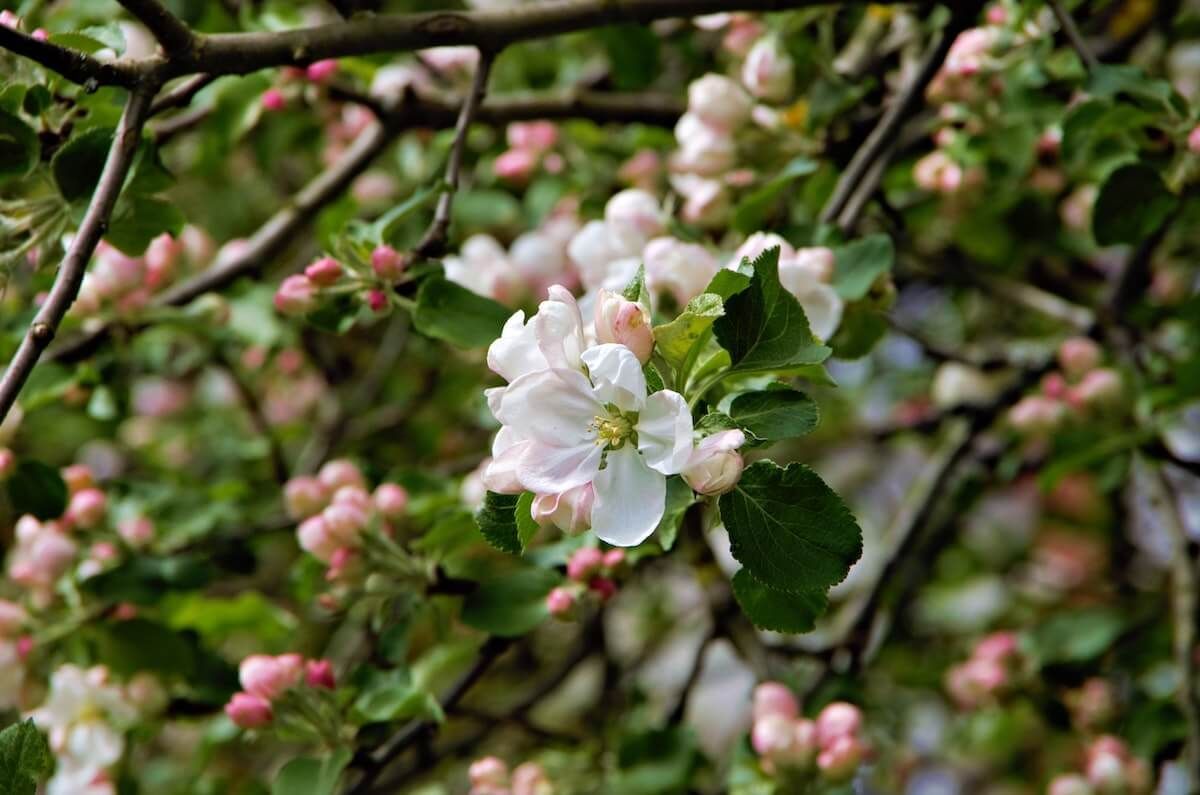Top 5 Tips for Creating a Healthy, Eco-Friendly Diet

People today are absolutely obsessed with green and healthy eating. And it doesn’t stop there. Manufacturers, stores, and labels are all about healthy eating (supposedly).
You’ll see foods listed as any of the following: organic, fair trade, low cholesterol, no cholesterol, 0 trans fat, reduced fat, low fat, no fat, local, seasonal, low sugar, no sugar, whole grain, and so on and so forth.
How do you know which is the best option? What would make up the perfect (or at least, a decent) eco-friendly diet?
Well, I’ve done some more research and compiled a list of the top 5 tips for creating an eco-friendly diet. Check them out:
5. Watch Those Portions
One of the main steps in creating a healthier diet is not simply watching what you eat, but how much of it you eat. Cut recipes in half, opt for the smallest serving when dining out, and even look into getting sectioned plates to help maintain portion control.
Don’t keep shoveling food onto your plate—you’ll most likely feel obligated to shovel that all right into your mouth. And if you feel like you’ve eaten enough before your plate is clean, it’s okay to walk away! WebMD actually offers great advice on portion control and tips on creating healthy meals.
Related Post: Great Medicinal Uses of Garden Herbs!
This really should be a no-brainer. Any food that comes packaged in boxes, bags, cans, and so forth should be eliminated. Ditch that can of vegetable soup and cook your own from scratch.
Set aside that box of instant mashed potato mix and invest in some real potatoes. Oh, and if you see a McDonald’s, KFC, or any other fast food restaurant, simply pass on by.
Fast food is one of the worst things for you—regardless of what their advertisements may say. Animals are treated cruelly and they don’t exactly uphold environmental practices.
However, if you end up stopping in at one of those dreaded places, get yourself a salad or some other meat-free meal. It’ll most likely be the best choice on the menu for you (minus the dressing).
Not to mention that all the packaging that comes with processed food (and fast food) tends to end up in landfills more than anywhere else—definitely not a good thing!
Foods that are labeled “Fair Trade” are an excellent way to go. What’s the big deal about Fair Trade? Well, food that is marked as Fair Trade tends to uphold rather high environmental standards and practices.
Methods used to grow and harvest the food usually place a good amount of work and importance on protecting the environment, such as preventing erosion, protecting forests and waterways, and eliminating the use of chemicals. Plus, all workers involved are provided with good wages and work conditions.
Related Post: Top 7 Herbs To Grow At Home
We certainly can’t have a list of eco-friendly food without mentioning this. First, buying locally supports your local farmers.
It also eliminates the need for food to be processed, packaged, and shipped from hundreds or thousands of miles away—thus lowering carbon footprints and emissions.
Second, going organic means your food is grown, cared for, and harvested in the healthiest, most eco-friendly way possible. Conserving biodiversity and the 3 R’s (reduce, reuse, and recycle), are some key parts of this.
Oh, and yes, organic food does include meat. Many people believe that to have an eco-friendly or green diet, you must also go completely meat-free.
Sorry, but this simply isn’t so. Yes, vegetables and fruit are healthy for you; but meats and meat by-products (eggs, milk, cheese, etc.) also have their own importance and should not be completely eliminated.
Look for meat that is labeled as organic, free-range, grass-fed, or hormone free. This generally ensures that the animals live a healthy lifestyle and that sustainable practices are used.

Image Source: Flickr. By: Shelley & Dave.
The absolute best thing you can do for a green diet is to grow your own food. Start a garden. Plant a couple of fruit trees. Even raise some goats or chickens, if you feel so bold to try.
Growing and harvesting your own food is great practice. You get to choose what you wish to grow each season. You are able to harvest the food when it’s ripe or when needed to use (such as herbs) and you are fully aware of all the methods used to care for your garden, crops, and so forth.
Keeping a couple of chickens around is good practice in general, even if you don’t plan on eating them. They are good for gardens and great at composting.
Not to mention that extra bit of personal satisfaction you’ll get when you can create an entire meal from ingredients that you planted, grew, and harvested yourself.
If you aren’t lucky enough to have your own garden space (due to living in a city apartment, for example), see if there are any community gardens available. Also, you can at least get a few window boxes and grow some smaller plants, such as herbs, carrots, and so forth.
That’s it for the list. If you plan on creating your own eco-friendly diet, I hope at least some of these tips will help get you started.
You might also like: The Best Grow Tents











